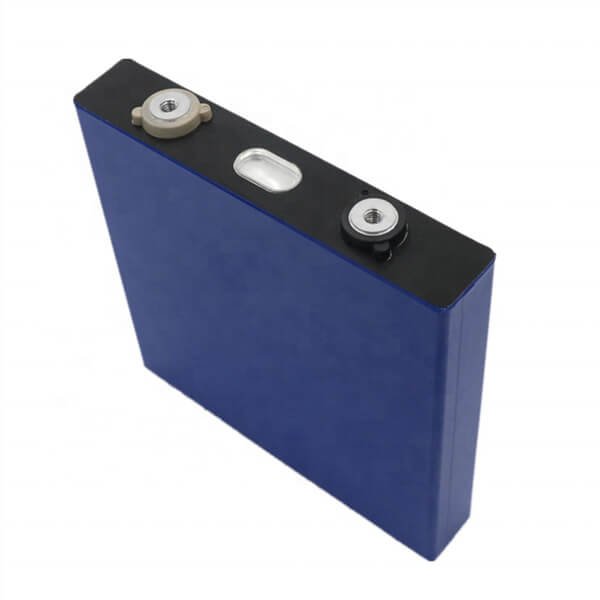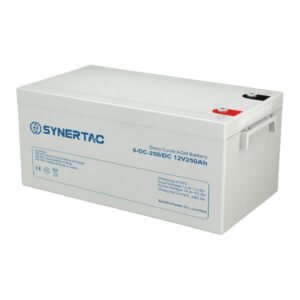There are some special battery parameters not easy to figure out instantly. Here for your better understanding, the following is a summary of some.
Nominal Voltage
Voltage is literally the output voltage of the battery. But the battery voltage does not remain the same at a fixed value. Due to residual energy or other external environmental differences, the battery voltage will vary in a certain range.
Generally, the nominal voltage is a reference voltage value, not an average value. For example, a single cell of lead-acid battery is rated at 2V, while a single cell of LiFePO4 battery is 3.2V.

Multiple cells are connected in series to make up our common 12V battery, 12V lead-acid battery, and 12V LiFePO4 battery (the actual nominal voltage is 12.8V).
Capacity and Hour Rate
Capacity is measured in Ah or mAh (for low-capacity cylindrical batteries or cell phone batteries, etc.). It is the multiplication of current unit Ampere and time unit h(hour). The meaning is how much current can be discharged for how many hours.
Commonly we would think that, since the total energy of the battery is certain, the multiplication of the current and the number of hours must be the same. In fact, it is not.
The higher the current is, the smaller the multiplication is. Or we can say that the higher the current, the less energy the battery can release.
This results in a precondition, the hour rate. Capacity is generally defined as the capacity based on a certain hour-rate.
For example, a 12V100Ah lead-acid battery, based on a 10 hour-rate, means that 10A current can be discharged for 10 hours. And it can’t be discharged for 1 hour at 100A. Actually, for 100A discharge, the discharge time is around 35 minutes.
You can see from the table below, if for 20 hour-rate, 5.36A can be discharged for 20 hours, which means the actual capacity is 107.2Ah C20. And if for 1 hour discharge, the current is 55.9A if we set 1.80V to the end voltage (10.80V for 12V battery).

C10 and 0.1C
C means capacity and C10 refers to the battery capacity at 10 hour-rate.
When C appears in the case of current, it means the same value of current. For example, for a 12V100Ah battery, a current of 1C is 100A, and 0.1C is 10A. We can say that a lead-acid battery can be discharged for 10 hours at 0.1C, which means the 10 HR (Hour Rate) condition mentioned above. To be more rigorous, the basic discharge current of a 12V100Ah C10 lead-acid battery at 0.1C10 is 10A.
Summary
The above parameters can be confusing when you are new to the battery. I hope this post can be helpful to those who are interested in batteries.
If you have other questions, welcome to leave a comment section, I will answer as soon as possible.







4 Responses
It was interesting to know that the battery voltage does not stay the same at a set value. My brother should know this since he wants to have a lightweight AGM battery. I should advise him to get more information from the leading producer of AGM batteries.
Thanks, Victoria.
Hi Andy. I have a question unrelated to your produced. my question is basically how to configure a specific charge controller parameters precisely- the absorb voltage, float voltage, re-bulk voltage, absorb time and end amp parameters on an mppt charge controller. These parameters are for the mppt to properly communicate and charge a lifep04 battery bank.
Please note that the charger controller and the lifep04 are from different manufacturers. Also looking at the battery’s manual, these information are not stated there.
Battery parameters seen are:
*Nominals voltage: 51.2v
*Operating voltage range: 48 – 58.4v
*Rated energy: 15.36kwh
*Usable Energy: 13.82kwh
*Battery configuration: 16S1P
*Max Continuous charge / Discharge current : 120A
*Cycle life: 8000 cycles
*DOD 90%
Please advice
Hi Frank,
It is better to contact your manufacturer or supplier for the settings.
For your reference, below are the references.
Cycle charge voltage, 57.6V.
Float Charge Voltage, 53.6V.
Others are based on your charge current.
Andy